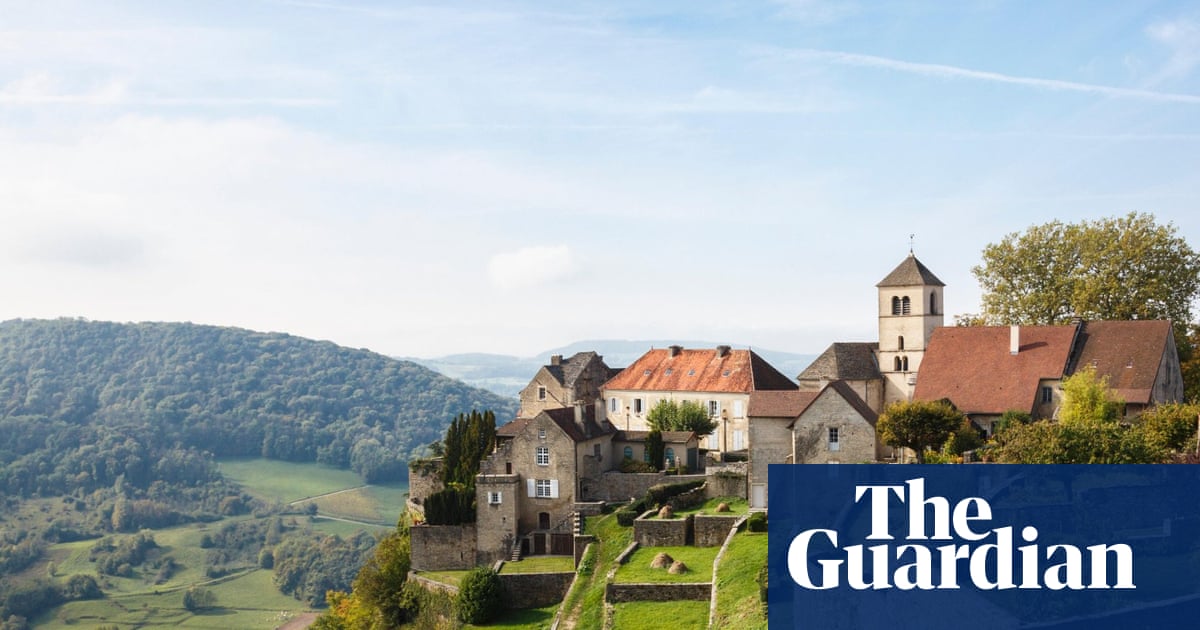
"It's a grape variety that's been grown in France for 900 years, with high acidity and a late-ripening in the vineyard, and it's known for the complex, age-worthy styles of wine it can create. It's also grown just over the border in Switzerland, where it's known as heida, as well as in Australia, where it was once mistaken for albarino."
"The curious character of these wines makes them a sommelier's secret weapon, as Donald Edwards, consultant sommelier, tells me: Vin jaune scratches an itch that's hard to sort any other way: oily, sharp, salty, a little bit wrong, but also ridiculously moreish. The Jura's chardonnays seem to rewrite exactly what that variety can be in terms of expression, but it's the savagnins that really epitomise the area, snarling at you, while at the same time being defiantly discordant in the most thrilling way."
"Because of the region's relatively small output (a quick glance at Decanter reveals 230 wineries and an average production of 11 million bottles, so a fraction of France's other regions), you're more likely to find savagnin, and other Jura wines, for that matter, in more boutique-y retailers. They're also likely to be a lot more expensive than, say, sauvignon, or any other such wine that's produced everywhere and by everyone."
Savagnin is a late-ripening, high-acidity grape cultivated in the Jura for roughly 900 years and also grown in Switzerland (heida) and Australia. The grape yields complex, age-worthy wines ranging from nuanced still whites to vin jaune, which undergoes yeast maturation to develop nutty, sherry-like complexity similar to fino. Vin jaune and savagnin-based wines exhibit oily textures, sharp saline notes, and an eccentric, compelling savoury profile. The Jura produces relatively little wine—around 230 wineries and roughly 11 million bottles—so savagnin often appears in specialist retailers and typically commands higher prices than ubiquitous varietals.
Read at www.theguardian.com
Unable to calculate read time
Collection
[
|
...
]